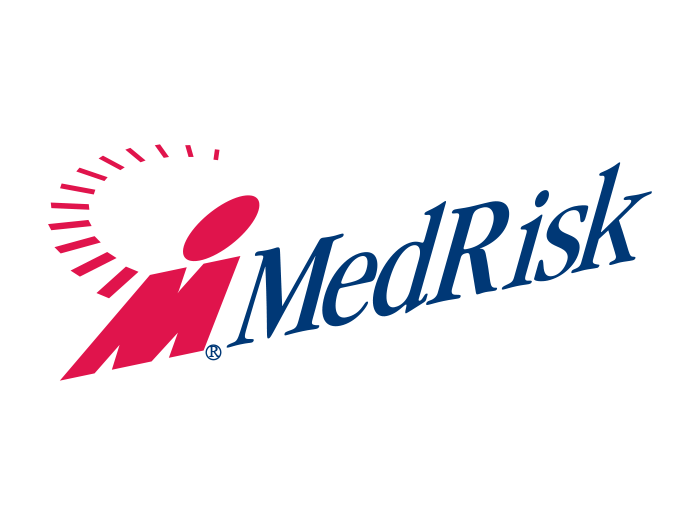Workers’ Comp Leaders Embrace Progressive Thinking to Reduce Medical Spend

What’s changed: Since 2013, the annual Workers’ Compensation Benchmarking Study, conceived and directed by Rising Medical Solutions, has taken a broad look at the drivers of workers’ comp claims outcomes. The 2018 edition features a notable shift in focus, taking a deep dive into the most critical claims outcome driver identified in past years: medical performance management.
The timing is apt, as health care costs continue to grow unchecked. Over the course of this year, it’s expected that the cost of medical care will reach a new milestone, making up two-thirds of workers’ compensation claim costs. National health care spending overall is expected to reach 5.7 trillion by 2026.
While employers have made great strides in improving workplace safety and reducing injury frequency, those gains are too often eclipsed by steady increases in medical claims costs.
Through think-tank sessions and focus group research, study researchers distilled the input of a diverse group of industry executives to compile their ideas on the most promising and realistic medical management strategies of interest for employers, insurers, TPAs and government entities, as well as brokers and consultants.
It’s notable that with respect to medical management, industry leaders demonstrate an evolution of thought, moving past traditional notions of what it means to rein in costs, and embracing a more expansive, more inclusive way of thinking about how to influence medical spend.
The Three-Legged Stool: If you’re still measuring program success based on percentage of savings, it’s time to think about a foundational shift in approach, to a new definition of value. Leaders surveyed suggest that organizations must align their goals around quality and outcomes in order to move what has proved to be a tough-to-budge needle.
Researchers identified three core goals shared by industry respondents:
- Investing in health outcomes
- Encouraging employee engagement and empowerment, and
- Promoting population health and injury prevention
Similar to the Triple Aim framework developed by the Institute for Healthcare Improvement, the intent is to attack all three goals at the same time, recognizing that a focus on any single goal alone will not achieve the maximum level of impact.
The organizations surveyed are actively employing or evaluating a spectrum of strategies for meeting these goals, from the familiar to what once might have been seen as fringe.
The ‘N Factor’: Executives surveyed ranked the use of nurse case management as the #1 most critical medical management program for impacting claims outcomes. (Followed by return-to-work services and nurse triage.)
Study after study backs up the ranking. A 2016 Helmsman report used a set of 4,000 claims normalized for injury, patient and biopsychosocial factors, with half having nurse involvement. The nurse-involved claims had 16 percent lower future medical costs, 15 percent lower overall costs and 12 percent faster claims resolutions. A similar Helmsman study done for a single employer showed nurse-involved claims having 57 percent fewer disability days.
The use of clinical resources throughout the claims life cycle is an industry standard practice. But some are taking the strategy further than others. Two survey participants report using nurses as claims representatives, or embedded within the claims team. This decreases handoffs and builds a higher level of trust and satisfaction with employees. Both participants reported reduced litigation rates and more than 30 percent reduction in overall claims costs.
Be Well, Stay Well: The mindset shift driving the move toward injured worker advocacy is also carrying over into thinking about comorbidities, population health and their relationship to medical management.
In the past, the “Us vs. Them” employer-employee paradigm put the focus on fighting tooth and nail to avoid paying for any comorbidities. It also fostered a belief that worker health is of no concern to workers’ comp programs unless a workplace condition was the cause of a specific health problem.
Over the course of this year, it’s expected that the cost of medical care will reach a new milestone, making up two-thirds of workers’ compensation claim costs. National health care spending overall is expected to reach 5.7 trillion by 2026.
Times have changed, largely with the growing body of research showing a substantive connection between conditions like diabetes and obesity and claim cost/duration. A growing number of employers are recognizing how healthier employees are less likely to be injured, and recover faster and with less complications if they do get injured.
Wellness programs are nothing new on the personal health side. But their value for workers’ comp outcomes is only recently receiving recognition. Smoking cessation, weight loss and stretching programs are popular but some employers are taking things to the next level.
One large employer surveyed offers employees an exercise program with personal training for three months. Employees who participate fully can opt to extend the program up to a year. The ROI? Reduced temporary disability days, reduced repeat injuries, improved overall health, weight loss, decreased medication use and increased employee retention.
Two national carriers surveyed are also partnering with a wellness service provider to improve safety and health and reduce costs, with reported reductions in temporary total disability and permanent partial disability claims.
Data diving: Employers are also coming at comorbidities from a different angle, using predictive and prescriptive technologies to identify the claims most likely to achieve high costs or poor outcomes.
Embrace Technology: Executives surveyed report they are leveraging technology to improve communication with both providers and workers. One large employer surveyed is using FaceTime to meet with injured workers and providers and to speed recovery by approving treatment decisions on the spot.
Alternative delivery models using technology are also opening new doors, especially for those with workers in remote locations. One large TPA with marine and remote workers uses a combination of telemedicine and drones to deliver necessary care quickly, speeding recovery.
The availability of things such as app-based physical therapy and health coaching allows more flexibility for both employers and employees, putting the necessary tools for a positive outcome literally in the hands of the injured worker.
Trusting Employees: Once a rare practice, employee self-reporting is gaining traction among employers, with large employers such as Starbucks embracing it as an extension of its employee advocacy philosophy. Those employing such programs report decreased litigation and increased employee engagement. But another strong argument in favor of self-reporting is the ability to decrease lag time and reporting errors made by supervisors, and speed time to triage and treatment.
And while fear of increased claims frequency is often cited by those who use traditional reporting structures, at least one large employer surveyed said that the program has absolutely not resulted in increased claims frequency.
To read the rest: The Workers’ Compensation Benchmarking Study is a national research program designed to advance claims management. As in prior years, the 2018 Report will be available to all without cost or obligation as a contribution to the workers’ compensation industry. The 2018 Report as well as prior reports may be requested here.










